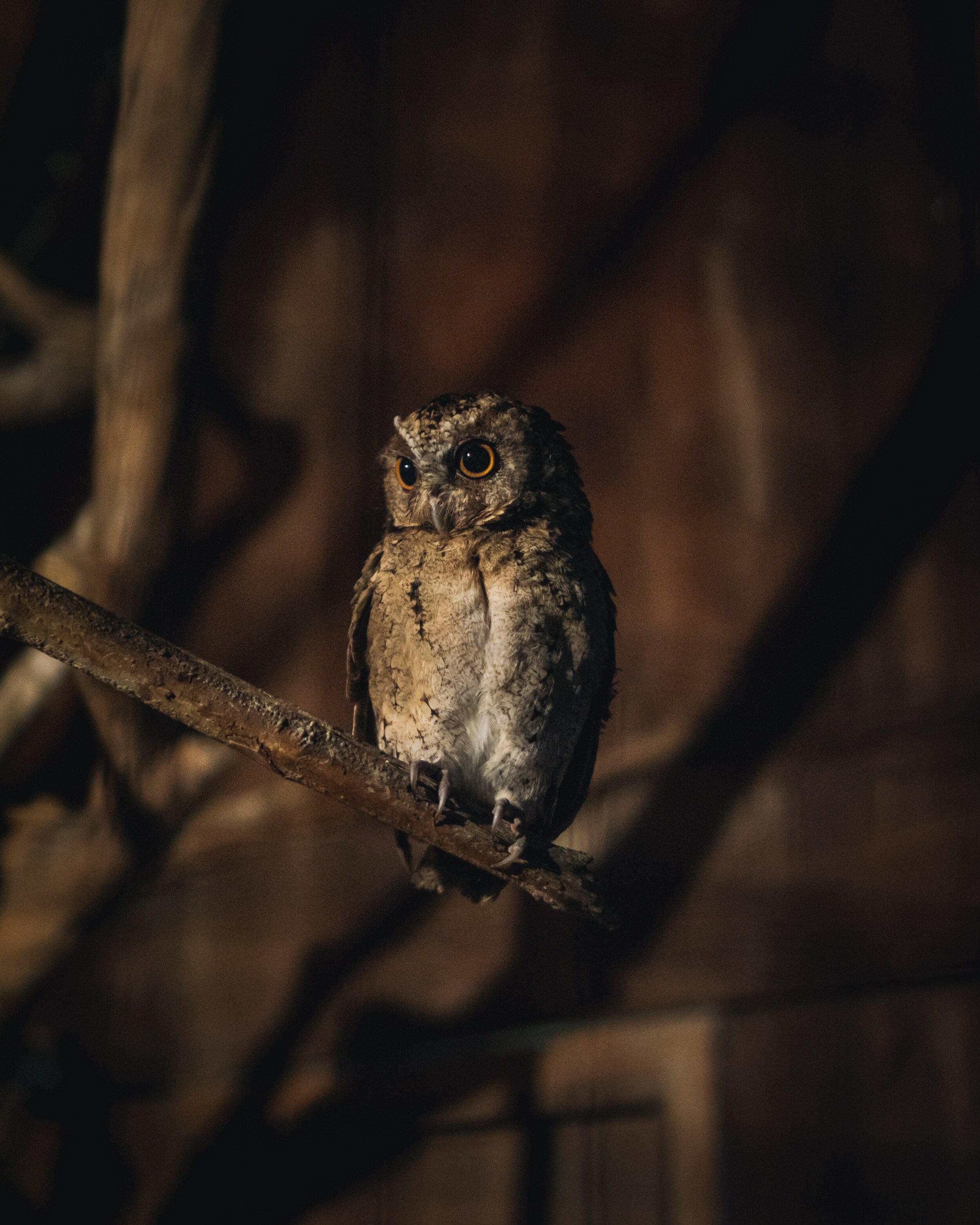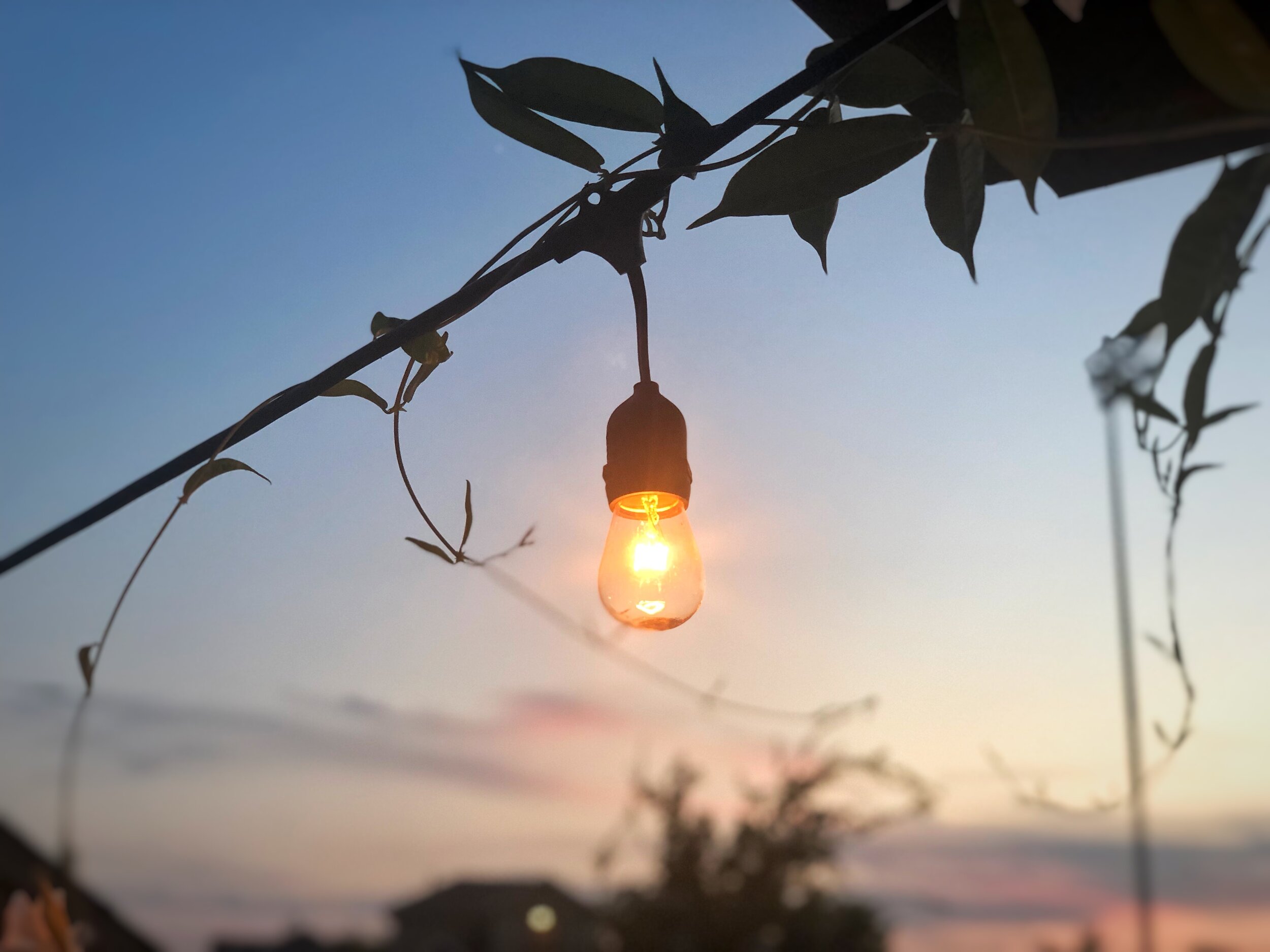Midsummer Night Garden: Night-scented Plants and Flowers That Bloom at Night
Did you know that there are plants that only bloom when the sun goes down? When we think of the garden we have or wish to have we think of daylight colourful gardens, full of texture and visually pleasing. But have you thought about what your garden might look like at night? Can you imagine to have plants that glow in the moonlight?
Moonlit nights are special. Imagine a beautiful summer night, sweet fragrance of night-blooming flowers, a glass of wine, or a mug of tea in your hands. Such a beautiful, and soothing way to end your day. And Midsummer Night is here!
In this article, I will share with you flowers and plants that give off a fragrance and bloom at night so that you can enjoy your garden even after the sun goes down.
photo by Nenad Tocilovac
Flowers that bloom at night
Evening Primrose (Oenothera biennis)
Sit in your garden in the evening and enjoy the show as the pale yellow flowers of the Evening primrose open before your eyes. It takes only a few minutes for the flowers to open and they will then stay open until about noon the following day. Evening primrose typically blooms from late spring to late summer and attracts bees and butterflies.
Moonflower (Ipomoea alba)
Moonflowers have large, white, or pink flowers that open in the evening and stay open until after sunrise. On cloudy days, they sometimes stay open later into the afternoon, but usually close in the morning once the sunlight reaches them. This perennial, evergreen climber grows quickly and prefers a spot in full sun.
Devil's Trumpet (Datura)
With large, trumpet-shaped blossoms, these night-blooming flowers in shades of pink, purple, yellow, or white are a beautiful addition to a night garden. Daturas are highly poisonous, so they should be planted with caution and never in areas where children or pets spend time.
Night Phlox (Zaluzianskya capensis)
Night phlox is also called midnight candy, due to the sweet fragrance released by this night-blooming flower. Perfect in an evening fragrance garden, it brings both fragrance and color in shades of pink, white, and purple. Night phlox is an annual that grows well in containers or flowerbeds and attracts butterflies, bees, and birds to your garden. The honey-almond-vanilla fragrance is a delightful addition to a night garden.
Night-Blooming Jasmine (Cestrum nocturnum)
Night-blooming jasmine has white flowers with hints of green and has a strong fragrance that is also most present at night. As an evergreen shrub, night-blooming jasmine adds interest to your night garden throughout the year. Cestrum berries are poisonous to eat. I wouldn't recommend planting it if you have small children around.
photo by Elisa on Unsplash
photo by Jeffrey Hamilton
photo by Fachy Marin
Evening scented flowers
Another great way to enjoy your evening garden is to plant night-scented flowers. They begin to release their sweet fragrances as dusk approaches. You can plant night-scented flowers around a terrace or patio, near an open window, or next to a path to easily enjoy their perfume and maybe their fragrance therapeutic effects. Also, scented flowers can add an extra layer of abundance to your landscape. What’s not to like?
These are my favourite night-scented plants:
Honeysuckle (Lonicera 'Graham Thomas') Honeysuckle produces a wonderful aroma in the evening. Lonicera 'Graham Thomas' is very fragrant, with large and white flowers, aging to yellow, blooming from July to September. This vigorous climber will soon cover a boundary wall or fence in a sunny site. Late flowering, like with many other varieties of honeysuckle, is ideal for a cottage or wildlife garden.
Star Jasmine: (Trachelospermum jasminoides) From mid- to late summer, star jasmine produces pretty white fragrant flowers. This evergreen climber is best grown against a wall in mild temperature areas.
Wisteria (Wisteria floribunda) Many wisterias are scented, but Wisteria floribunda cultivars are said to have the strongest scent at night. Grow over a pergola or against a house wall, where the scent can easily waft in through an open window.
Phlox (Phlox divaricata 'Clouds of Perfume') Masses of small, ice-blue, fragrant flowers make an appearance in the summer. Ideal for woodland gardens and cottage style schemes where they have protection from the sun during the hottest part of the day. To make the most of their scent, you can plant them near an entranceway or a frequently used path. Even without additional lighting, plants with silver foliage are visible after dark and a bigger group of plants with white flowers will shine in the moonlight.
More Tips To Make Your Night Garden Stand Out
Install a water feature. The water’s calm surface will reflect the moon. Lanterns and candles can add to the glimmering light and evening shadows. Light your garden up for the evening. The best garden light spot is the one you can’t see. You want a diffused light coming out from the side and allowing for a reflected glow from the moonlight. I like to create a subtle ambient lighting atmosphere in my gardens. I will uplight a few well-grown trees or a characteristic brick wall to achieve a dramatic effect. Invite nightlife, owls, and moths. Nocturnal polluters such as moths are attracted by night-scented flowers. The first summer night in my own garden I was deeply touched by the sound of young owls on their first attempts learning to fly. Owls are some of the most beloved raptors, and their silent flight, large eyes, mournful calls, and nocturnal behaviour makes them both magical and mysterious. Because owls are not highly active during the day, a garden owl can coexist with other garden birds. Smaller owls may also help control large insects. Owls love to hide in cavities of bigger trees, such as an old oak tree. If you don't have any mature tree in your garden, you can invite owls by installing a nesting box with a secure location to set up a home for them. Don't prune large branches from trees, provide a birdbath and mow the lawn less often to give owls a more appealing hunting ground.
Night-blooming flowers can reflect the moonlight. One of the reasons flowers that bloom at night are often more aromatic is that they need to attract nocturnal pollinators. This is also why most night bloomers have white flowers that reflect light and are more visible at night. By planting at least a few night plants in your garden, you can enjoy your garden just as much at night as you do during the day. Breathe in the fragrance, watch butterflies and hummingbirds late into the evening, and enjoy splashes of colour through the night.
If you need help with getting your small garden projects going, or if you’d like to find out which improvements will work for your space, contact Botaniq for a consultation!
Content Editor Sofia Simeonidou







